Presented on: 08 December 15:00 CET
The European Electronic Communications Code makes it mandatory for EU Member States to implement by 2022 modern public warning systems to alert instantly the population in case of major crisis.
As we are now 1,5 years towards the deadline, this webinar aimed at sharing the best practices in implementing Public Warning Systems and presented the lessons learned from the authorities that have already deployed such technologies.
PRESENTED BY
Georgios Marios Karagiannis
Deputy Secretary General for Civil Protection, General Secretariat for Civil Protection, Greece
Effective alert and warning messages sent before, during, and after a disaster can save lives and protect property. This address is a discussion of the design and deployment of, and lessons learned from Greece’s Integrated Public Alert and Warning System. The design of the system has been a multi-disciplinary exercise, incorporating emergency management, social science and information and communications technologies. A capabilities-based approach was used in building and deploying the system. Recent emergencies in the country have highlighted the need for planning for public alert and warning, partnering with the telecommunications sector, and using multiple technologies to maximise reach.
Johnny Douvinet
Professor, University of Avignon, France
Even though the EECC mandates the deployment of technologies, the practical use of these technologies is even more important to ensure a clear communication from public authorities. In his presentation, Johnny Douvinet reviewed best practices when it comes to using public warning systems and analysed some key challenges that must be addressed.
